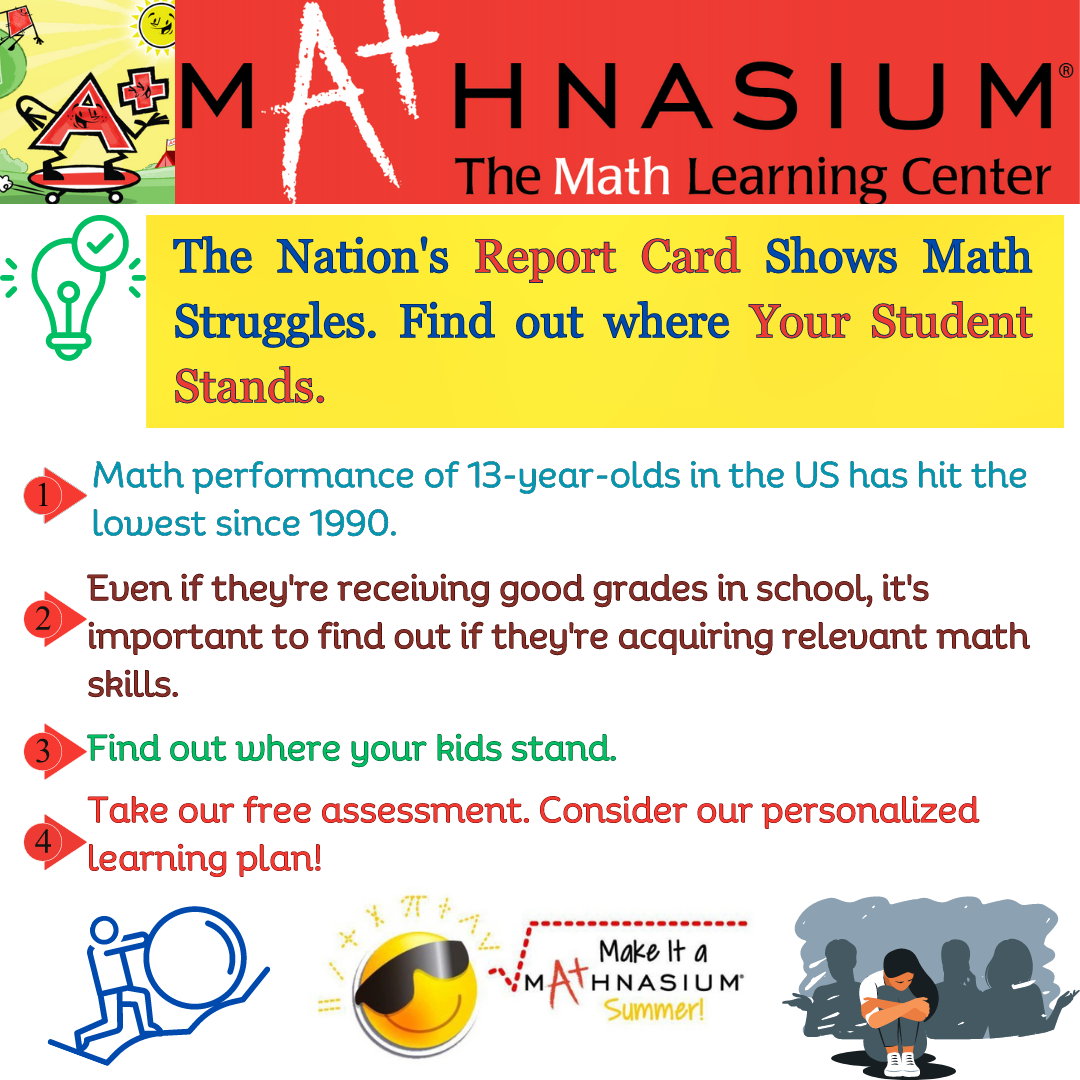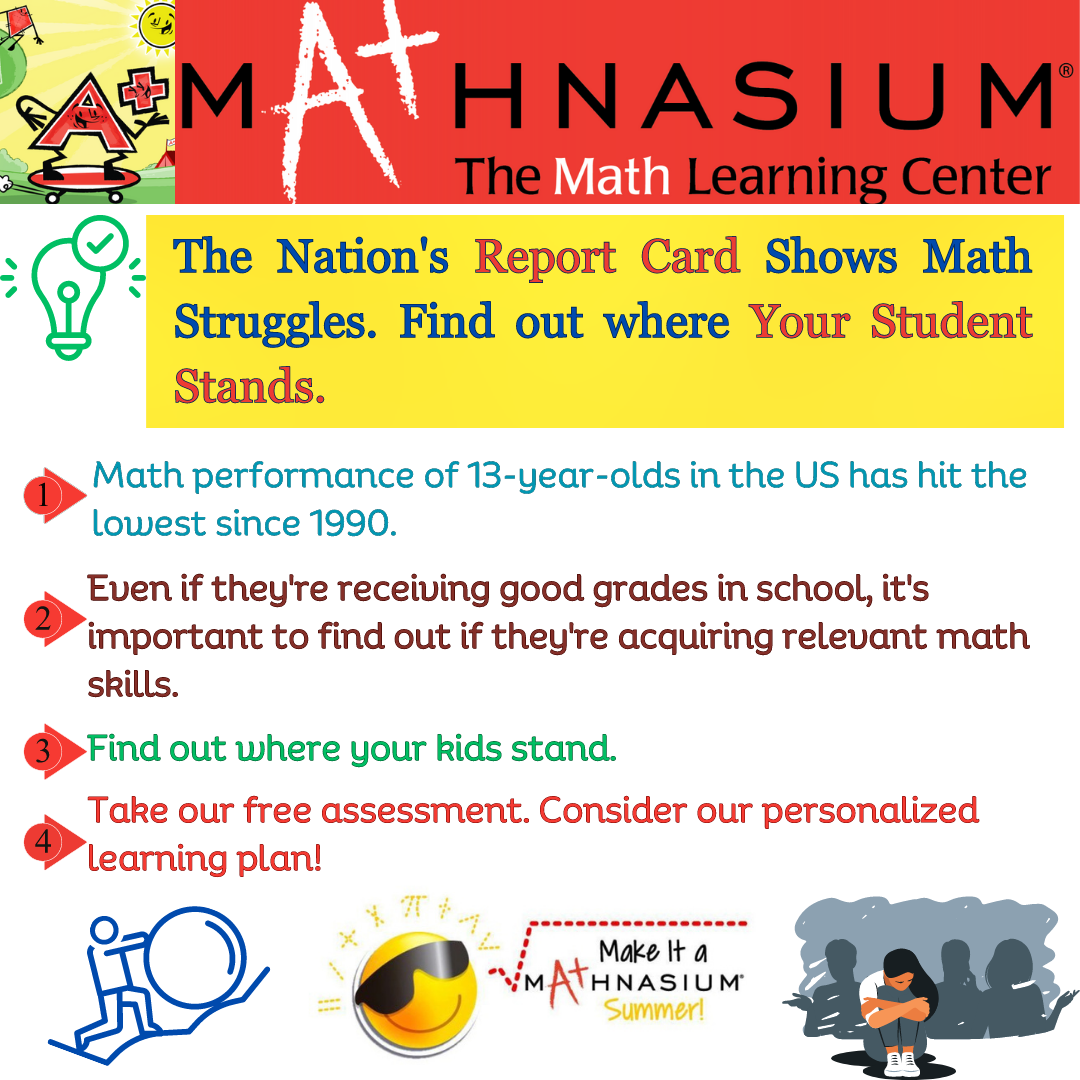West Caldwell
340 Bloomfield Ave
Caldwell, NJ 07006

The last time math performance was this low for 13-year-olds was in 1990. In reading, 2004.
Why it Matters: 13-year-olds missed a crucial time in their schooling. Performance has fallen significantly since the 2019-2020 school year, when the coronavirus pandemic wrought havoc on the nation’s education system. But the downward trends reported today began years before the health crisis, raising questions about a decade of disappointing results for American students.
The federal standardized test, known as NAEP, was given last fall, and focused on basic skills. The 13-year-olds scored an average of 256 out of 500 in reading, and 271 out of 500 in math, down from average scores of 260 in reading and 280 in math three years ago.
Achievement declined across lines of race, class and geography. But in math, especially, vulnerable children — including Black, Native American and low-income students — experienced bigger drops.
A large body of research shows that most American children experienced academic struggles during the pandemic. It has also been clear that low-income students of color were most heavily affected by school closures and remote learning, which in some districts lasted more than a year.
The latest NAEP results are the federal government’s final major release of data on pandemic learning loss. The scores add to educators’ understanding of the challenges that lie ahead for children of different ages and demographic groups.
The 13-year-olds who took this version of the NAEP exam last fall were 10 years old — and in fourth or fifth grade — when the pandemic began. Many were old enough to participate in remote learning without minute-to-minute adult assistance, as younger children often needed.
But the ages of 10 to 13 are also a crucial period for mastering foundational skills, from multiplication to recognizing a character’s feelings in a short narrative passage.
“The bottom line — these results show that there are troubling gaps in the basic skills of these students,” said Peggy Carr, commissioner of the National Center for Education Statistics, which gives the NAEP exam. “This is a huge-scale challenge that faces the nation.”
Background: The test allows for comparisons across years. In the highly decentralized American education system, NAEP is one of the few consistent tests given across states lines over many years, making the results easily comparable.
Scores on the exam do not result in any rewards or punishments for students, teachers or schools, making them especially useful for research purposes, since there are fewer incentives to cheat or teach to the test.
Still, some education experts believe there is too much focus on NAEP. They point out that the content of the exams, in many cases, has little overlap with the material that is actually taught in classrooms across the country.
Consider Taking our Free Assessment: Find where your kid stands by taking our free assemssment. All necessary details to schedule the assessment is on our website. After taking the assessment, and after evaluation, your kids will get their personalized and comprehensive learning plan.

